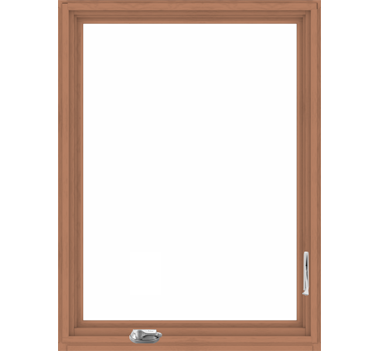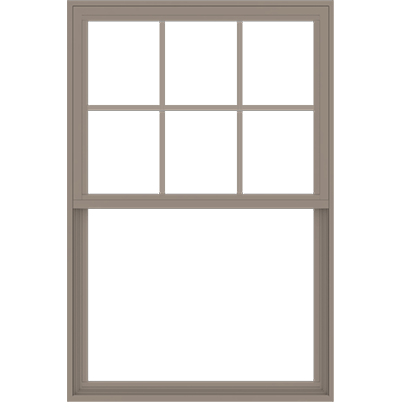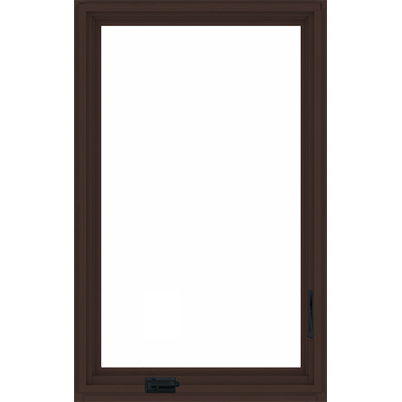Tips
Parts of a window: A quick guide to understanding what’s what
We’ll explain the vocabulary you need to understand the various parts of the window so you can communicate clearly with contractors, window dealers, and more.
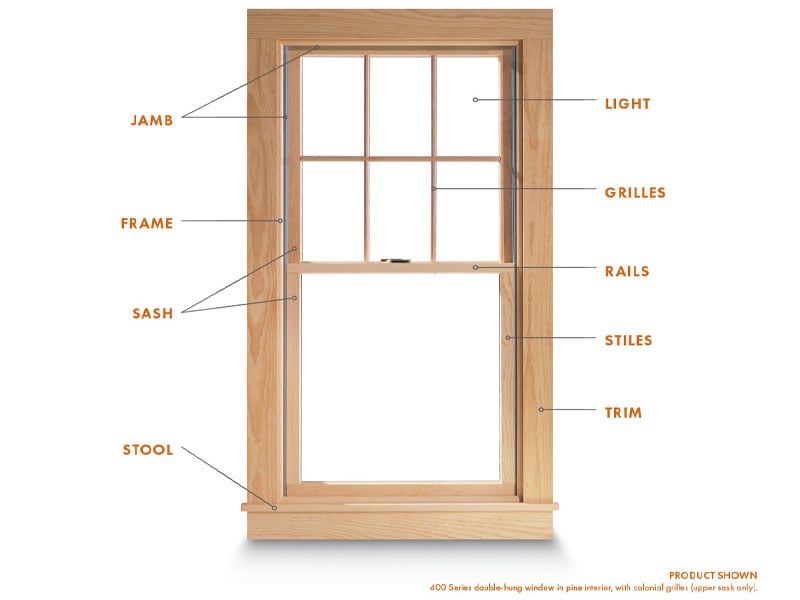
No matter if you’re trying to explain a problem to your contractor, order a replacement part through our Parts Store, or describe what you like when selecting new windows — understanding the different parts of a window is essential. We’ll give you the vocabulary you need to know so you can communicate clearly — let's dig in!
Window vocabulary 101
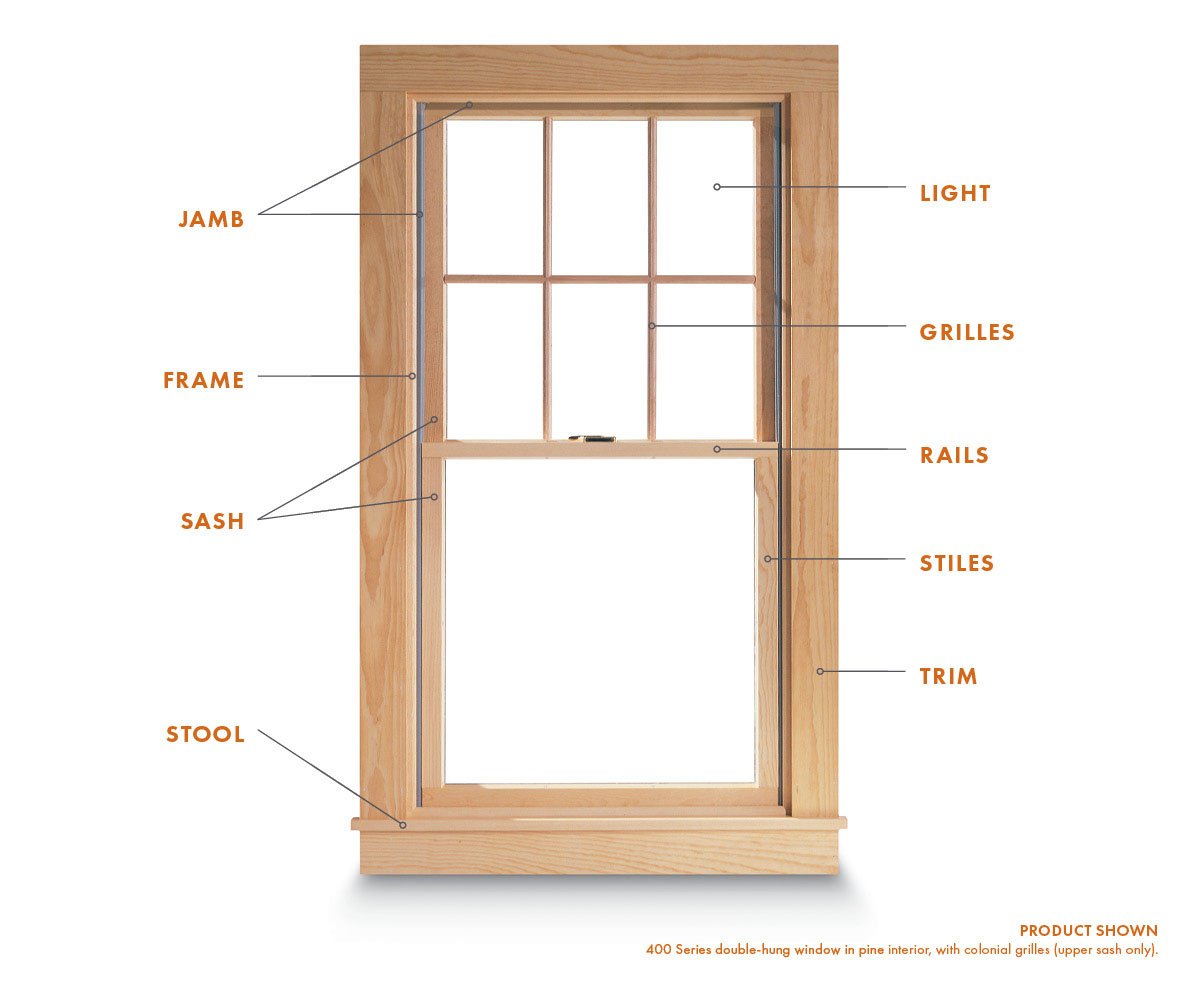
Window sash
As you now know, a window sash is the glass and framing (stiles and rails) immediately surrounding the glass. A casement window has a single sash, as does a picture window. All other windows have two or more sashes. Here’s a little more about the different types of window sashes.
Fixed sash: This simply means a sash that doesn’t move — sometime described as “non-venting” or “non-operable.” Examples are picture windows or the top part of a single-hung window. Want to know more about the difference between single and double-hung windows?
Moveable sash: This means a sash that can move — sometimes described as “venting” or “operable.” The movement of a sash is what allows a window to open. Sashes move in different directions depending on the type of window. For example, gliding sashes move horizontally. Double-hung sashes move vertically — the top sash moves down, and the bottom sash moves up.
Replacement sash: It is sometimes possible to replace a broken sash with a new one. Find out more about replacement sash in our Parts Store.
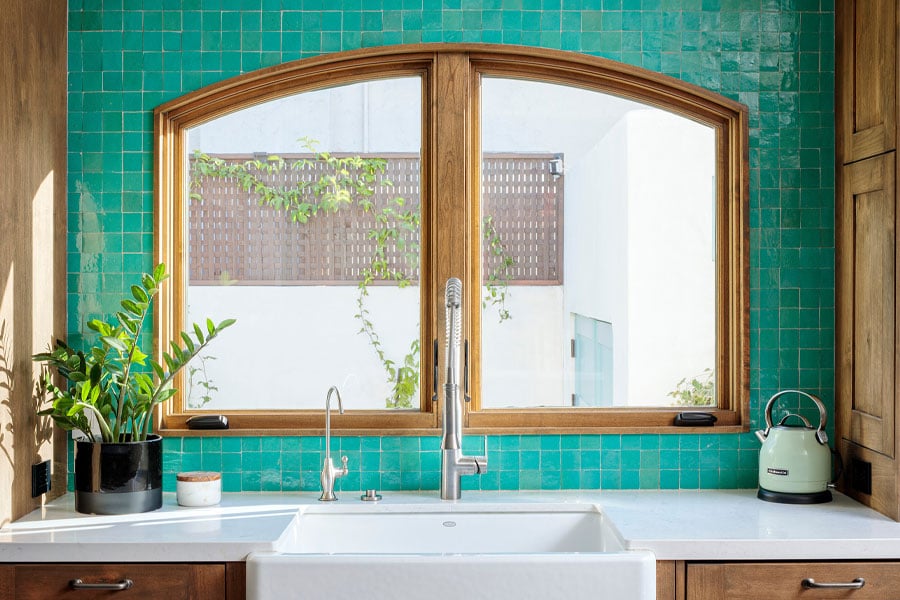
Casement windows, like these two arch-topped examples, have a single sash. In contrast, single-hung, double-hung and gliding windows are examples of windows with two sashes.
Window glass vocabulary
Glazing: This word can have two meanings: 1) the glass in a window or door, and 2) the act of installing glass in a window or door. It’s likely you’ll hear this term most frequently in reference to the first meaning. Think of it as a synonym for window glass.
Pane: A sheet of glass in a window. Single-pane windows include one sheet of glass, dual-pane windows include two sheets of glass, etc. The first definition of light/lite (see above) can also be used as a synonym for pane.
Single-pane glass: One sheet of glass between indoors and outdoors. Often windows with this type of glass are paired with a storm window because they’re not well insulated. You might find this in an older home.
Dual-pane glass: Two panes (or sheets) of glass with an air space in between. This type of window glass is better at insulating than single-pane glass and is a standard offering on all our windows. It’s also required by most building codes.
Triple-pane glass: Goes one step further than dual-pane and includes an additional pane (or sheet) of glass and an additional air space, making it the most energy-efficient glass type. Triple-pane glass is an option on our A-Series and E-Series windows.
Air space: Found in between the panes of glass on a dual- or triple-pane window, this feature helps insulate the home against the elements. Typically, air spaces on our windows are filled with an argon gas blend that’s denser than air and therefore improves insulation. Note: Windows can also be ordered with air fill and high-altitude capillary breathing tubes, which allow for the release of pressure.
Low emissivity (Low-E) glass: Glass with a special coating that helps reflect heat and keep your home more comfortable. All our windows come standard with a Low-E coating. These coatings are ultra thin and generally transparent. There are several types of coatings suitable for various climate types. There are also coating upgrades and coating combinations available to further boost performance for a specific climate.
Want to know more about this topic? Check out “How to pick out energy-efficient windows."
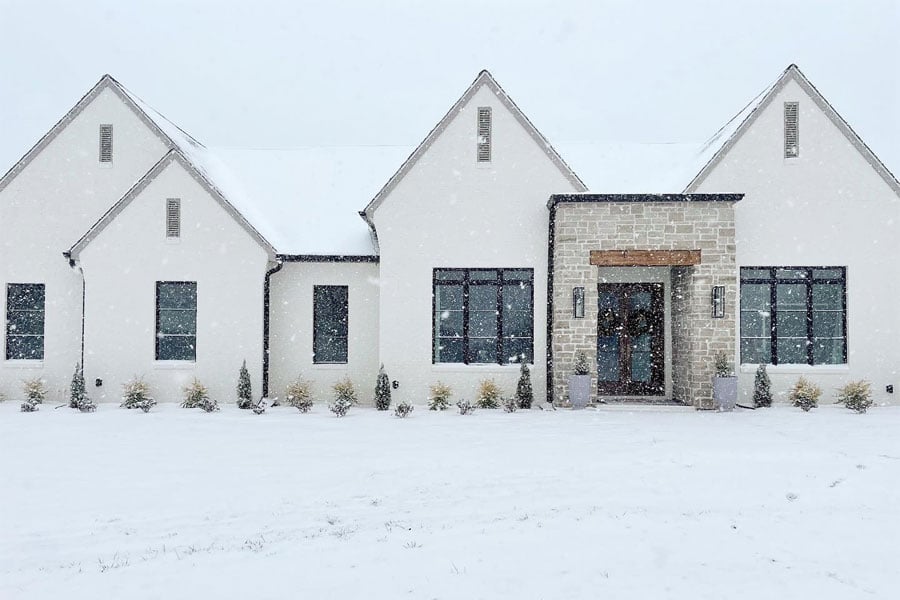
The right combination of glass types (dual-pane or triple-pane glass) and Low-E coatings can help your windows be more energy-efficient, no matter the climate.
More Grille vocabulary
Grilles can be applied to window glass in various patterns and in various ways (inside, outside, in between). They’re meant to imitate true-divided light, which historically was a type of window where glass was divided into individual panes with muntins (or wood dividers). You still sometimes hear grilles and muntins used interchangeably, but we use the term grille.
Full-divided light grilles: Windows with grilles on the inside, outside, and with a spacer bar in between the panes of glass to imitate the look of true-divided light. This approach gives a traditional aesthetic with modern-day energy efficiency.
Spacer bar: It appears in between the panes of glass lining up with the interior and exterior grilles creating the appearance of window glass divided into individual panes. It’s available in black, white, or stainless steel, so it can either match the color of your grilles or create a shadow line.
Energy spacer: This bar can be added to A-Series windows with full-divided light grilles to improve energy efficiency. Its narrower design minimizes the transfer of heat and cold to the interior surface improving the overall thermal performance of the window. In certain climates, this option can help a window meet ENERGY STAR® performance requirements.
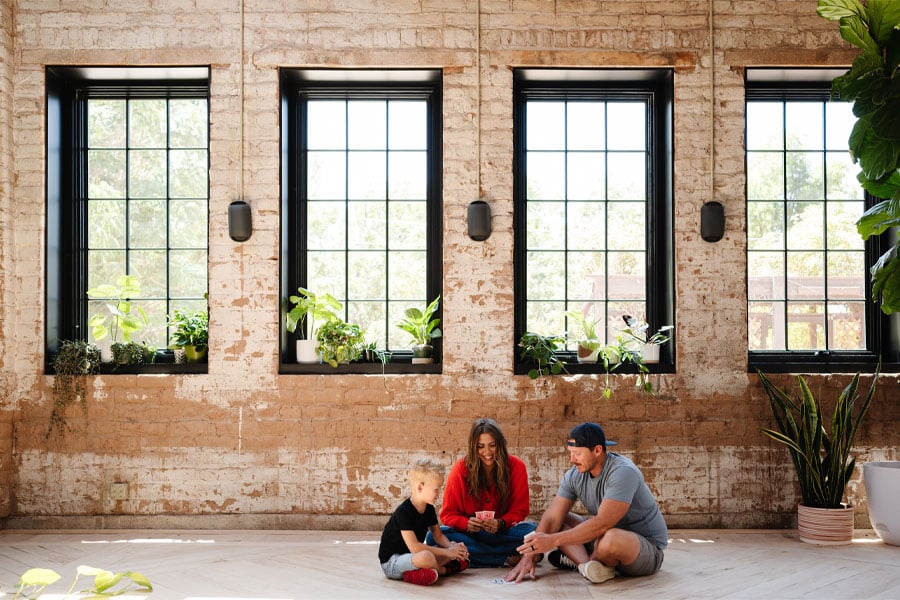
A-Series windows with full-divided light grilles and the energy spacer upgrade were chosen for this renovation of a historic commercial building in Utah.

